
Some new technological innovations will upend everything people knew. Many changes will come in the fields of internet, social media, streaming video, smartphones, and dozens of more innovations that have changed so many things about our daily lives, from how people communicate to how we work and even how we have fun. The technology never stops moving. We’ll just have to keep our eyes on the baby steps that will eventually get us there while we wait. There are always new technologies on the horizon that will change things even more. Take a look at the new innovations of the future:
- ARTIFICIAL NEURONS
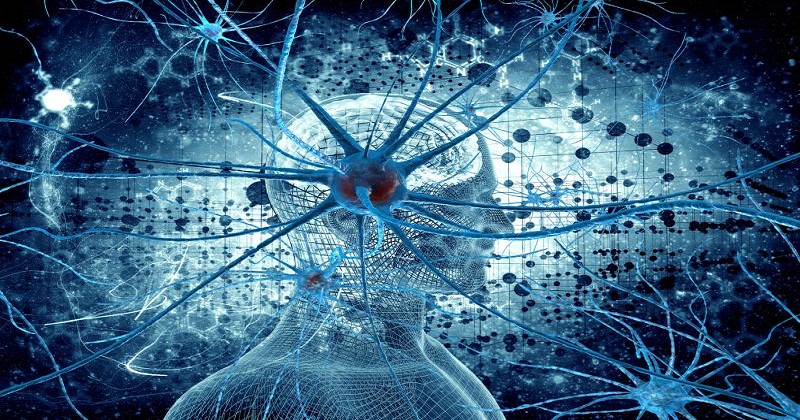
Artificial neurons are modeled after the hierarchical arrangement of neurons in biological sensory systems. This is a small chip that replicates the function of a neuron. It uses very little power and is tiny enough to fit comfortably in the skull. It can even be combined with other chips to replace large portions of brain tissue. In tests, the solid-state neurons have proven to have a 94 percent accuracy rate. It’s not perfect, but it’s a sight better than other attempts. Over time, this will improve.
- PLANT-BASED MEAT
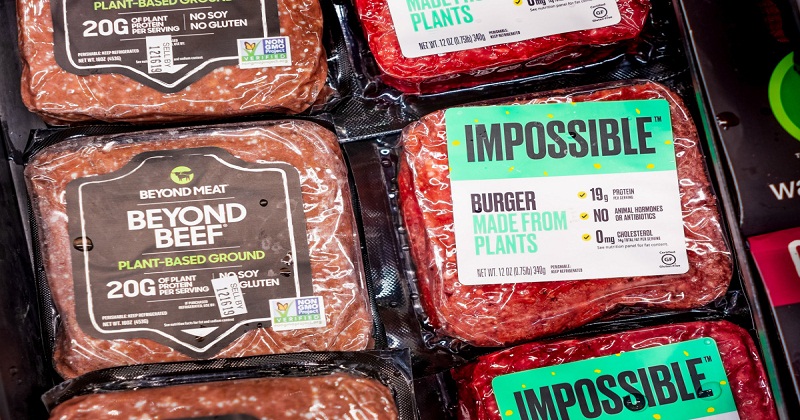
Plant-based meat products are made to mimic properties found within natural meats and are considered to be meat substitutes. They are made using plants and other non-animal products to look, taste, and feel like meat products. In the near future, humanity’s looking at the possibility of completely animal-free meats of all kinds. If they end up being cheaper than actual meat, that could be a big gamechanger for how Americans eat and grocery shop.
- FEEL THINGS IN VIRTUAL REALITY
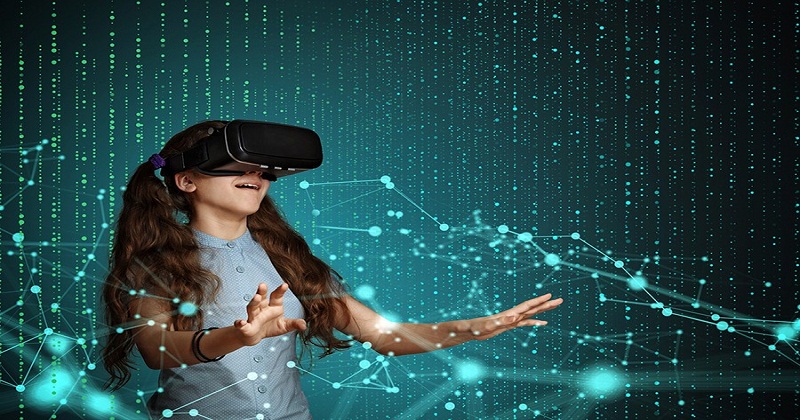
Virtual reality and augmented reality starting with the ability to touch and feel the things we see through all the various kinds of computer-generated imagery. While experiments of this sort have been tried in the past, the results were often very bulky and required a ton of power, necessitating large batteries to be attached. Their skin uses tiny, thin discs to create vibrations instead of bigger actuators you might find in a gaming controller or phone, which uses a lot more power.
- WIRELESS POWER
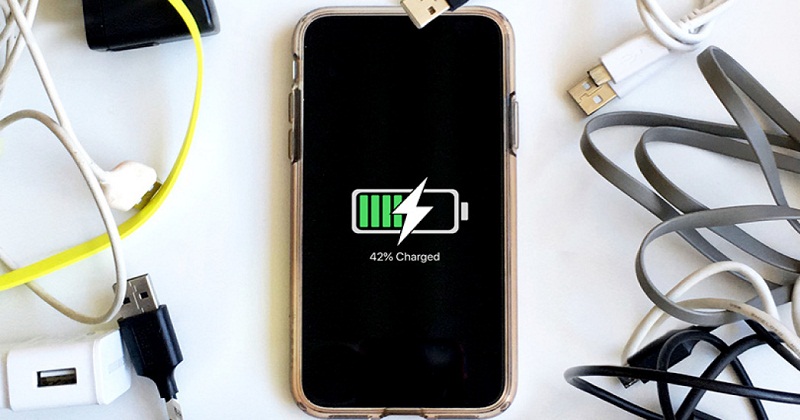
Wireless power transfer (WPT) systems allow power to be transferred from one electrical network to another without the need for wires or exposed contacts. Wireless power solutions require a special mat you place your device on. True wireless power, the kind Tesla envisioned, would be transmitted through the air at a distance. Current wireless solutions rely on near-field technology, meaning the device and charging pad need to be touching each other.
- PLASTIC COULD BE TURNED BACK INTO FUEL
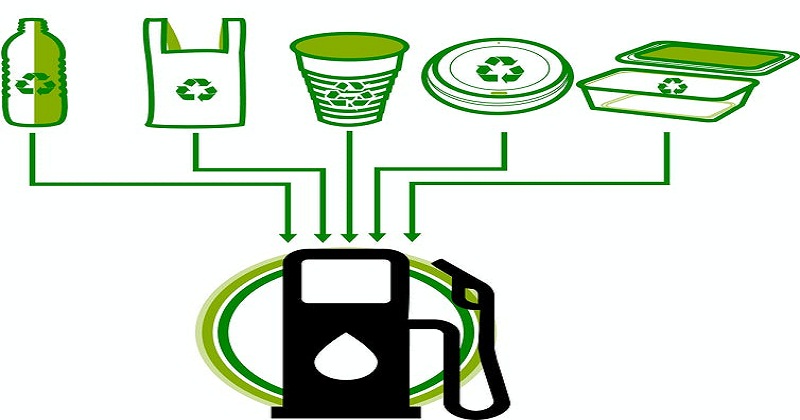
One strategy to fight plastic pollution is to convert oceans of plastic trash into something valuable. The latest in this approach comes from a team at Purdue University, which has devised a method to convert a commonly used plastic into oil. A technique called hydrothermal processing is used to recycle plastic. Others have employed it before to convert other types of plastic feedstock to oil, but the yield of those processes has been low. The polypropylene in a reactor filled with water, and heat it up to temperatures ranging from 380–500°C for up to five hours at a pressure of 23 Megapascals. At the high heat and pressure, water breaks down the plastic and converts it into the oil.
- 3D BIOPRINTING
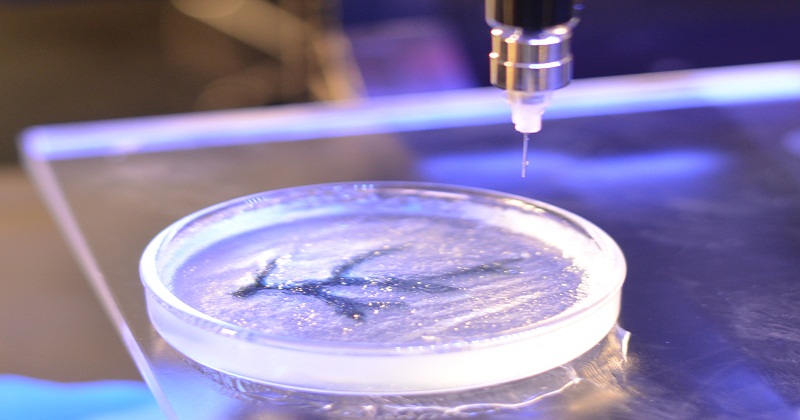
Tissue growth and the behavior of cells can be controlled and investigated particularly well by embedding the cells in a delicate 3D framework. This is achieved using additive 3D printing methods — so-called “bioprinting” techniques. This involves a number of challenges: Some methods are very imprecise or only allow a very short time window in which the cells can be processed without being damaged. In addition, the materials used must be cell-friendly during and after the 3D bioprinting process. This restricts the variety of possible materials.
- SMART FOOD LABELS

In steps smart labels, these are much like the same labels that are currently on packaged food, but, well, smarter. Instead of just having a printed expiration date that’s a guesstimate at the very best, these labels will actually detect the presence of disease or when something has spoiled. These labels would make it easier to track down contaminated products at any point along the chain and make it easier for consumers to know that their food is tainted and must be disposed of.
- SMART NEEDLES TO DETECT CANCER
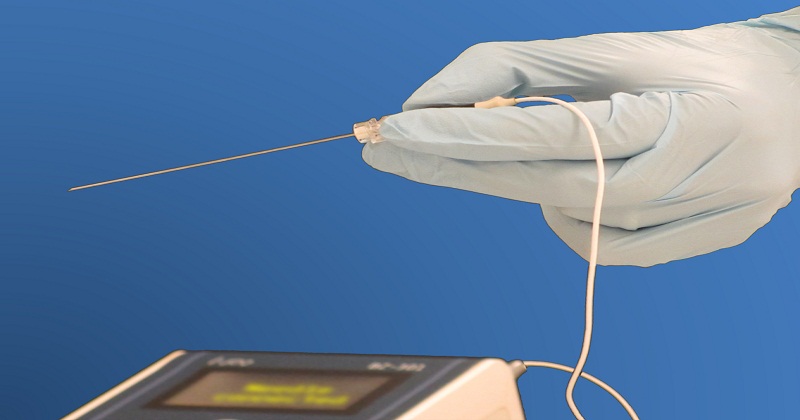
Scientists have developed a pioneering new technique that can detect and diagnose one of the most common types of cancer within seconds – using light. A multidisciplinary team of experts has developed a ground-breaking ‘smart needle’ probe that uses light to pinpoint cancerous tissues or cells almost instantaneously.
- 5G NETWORKS

5G enables a new kind of network that is designed to connect virtually everyone and everything together including machines, objects, and devices. 5G wireless technology is meant to deliver higher multi-Gbps peak data speeds, ultra-low latency, more reliability, massive network capacity, increased availability, and a more uniform user experience to more users. Higher performance and improved efficiency empower new user experiences and connect new industries.

Post Your Comments